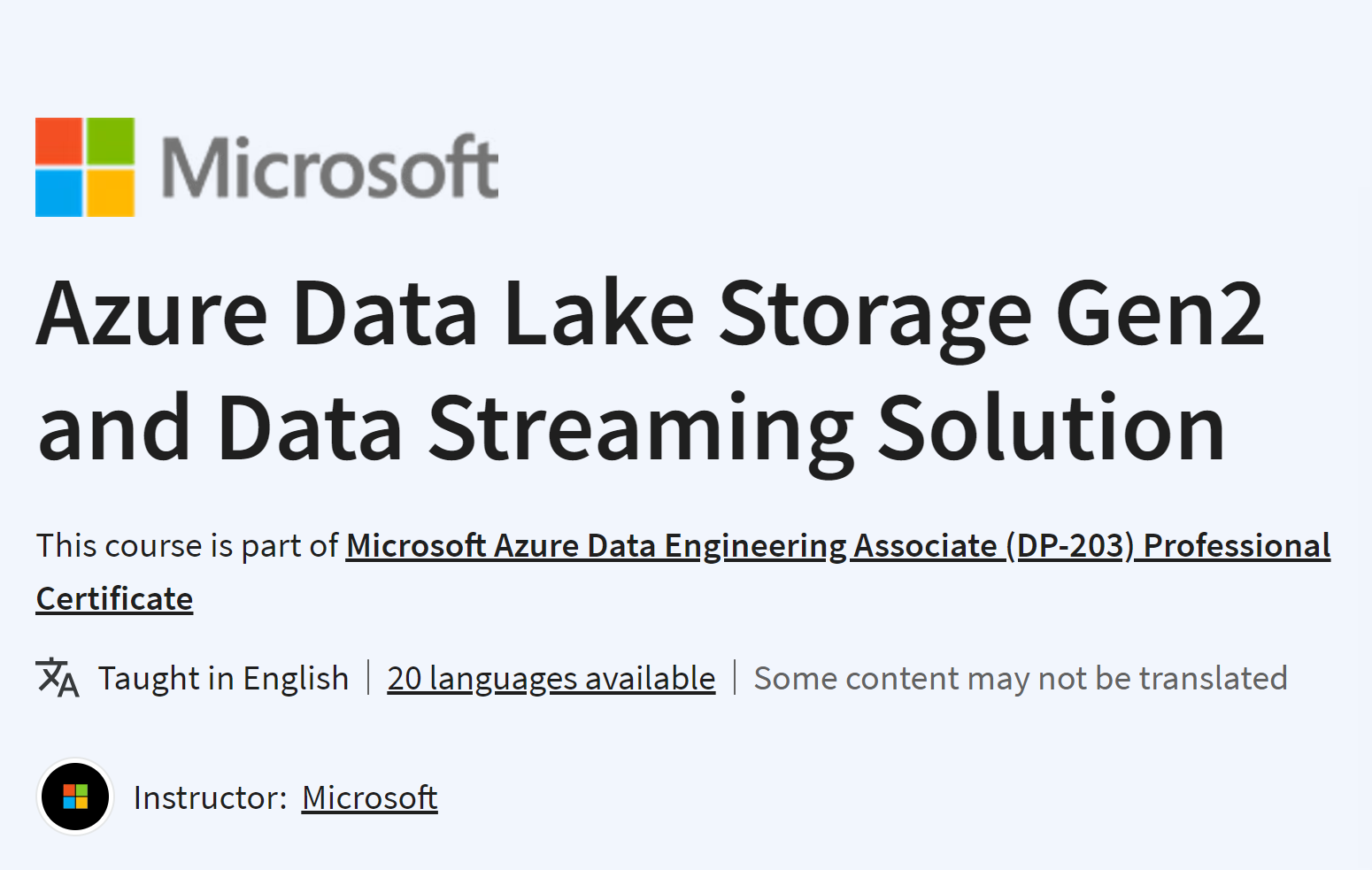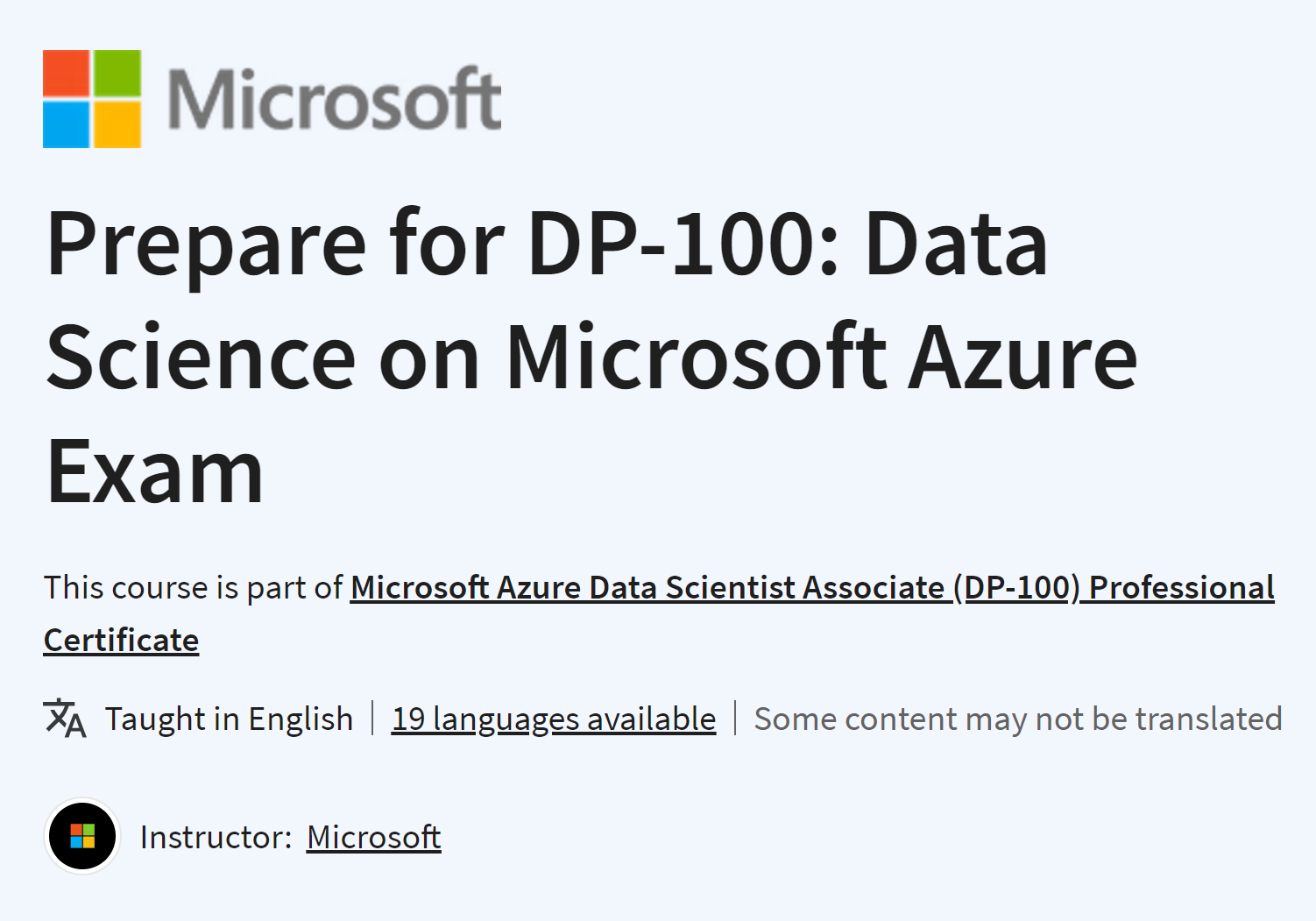Written by the creator of the Unicon programming language, this book will show you how to implement programming languages to reduce the time and cost of creating applications for new or specialized areas of computing.
Key Features
- Solve pain points in your application domain by building a custom programming language
- Learn how to create parsers, code generators, semantic analyzers, and interpreters
- Target bytecode, native code, and preprocess or transpile code into another high level language
Book Description
The need for different types of computer languages is growing, as is the need for domain-specific languages. Building your own programming language has its advantages, as it can be your antidote to the ever-increasing complexity of software.
In this book, you'll start with implementing the frontend of a compiler for your language, including a lexical analyzer and parser, including the handling of parse errors. The book then covers a series of traversals of syntax trees, culminating with code generation for a bytecode virtual machine or native code. You’ll also manage data structures and output code when writing a preprocessor or a transpiler.
Moving ahead, you'll learn how domain-specific language features are often best represented by operators and functions that are built into the language, rather than library functions. We'll conclude with how to implement garbage collection. Throughout the book, Dr. Jeffery weaves in his experience from building the Unicon programming language to give better context to the concepts. Relevant examples are provided in Unicorn and Java so that you can follow the code of your choice. In this edition, code examples have been extended and further tested.
By the end of this book, you'll be able to build and deploy your own domain-specific languages, capable of compiling and running programs.
What you will learn
- Perform requirements analysis for the new language and design language syntax and semantics
- Write lexical and context-free grammar rules for common expressions and control structures
- Develop a scanner that reads source code and generate a parser that checks syntax
- Build key data structures in a compiler and use your compiler to build a syntax-coloring code editor
- Write tree traversals that insert information into the syntax tree
- Implement a bytecode interpreter and run bytecode generated by your compiler
- Write native code and run it after assembling and linking using system tools
- Preprocess and transpile code from your language into another high level language
- Implement garbage collection in your language
Who This Book Is For
This book is for software developers interested in the idea of inventing their own language or developing a domain-specific language. Computer science students taking compiler construction courses will also find this book highly useful as a practical guide to language implementation to supplement more theoretical textbooks. We assume most readers will have intermediate or better proficiency in a high level programming language such as Java or C++.
Table of Contents
- Why Build Another Programming Language?
- Programming Language Design
- Scanning Source Code
- Parsing
- Syntax Trees
- Symbol Tables
- Checking Base Types
- Checking Types on Function Calls and Structure Accesses
- Intermediate Code Generation
- Syntax Coloring in an IDE
- Preprocessors and Transpilers
- Bytecode Interpreters
- Generating Bytecode
- Native Code Generation
- Built in Operators and Functions
- Control Structures


.png)



























.jpg)
















.png)









.jpg)
















